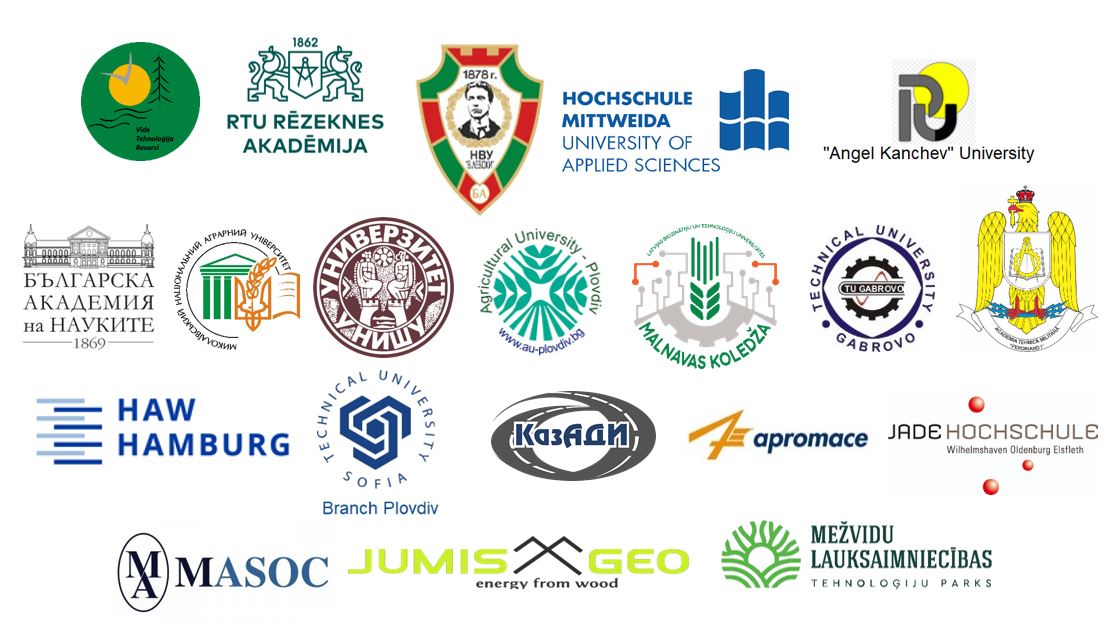DEVELOPMENT OF INCLUSIVE SOCIETY WITH THE INSTRUMENTS OF “GREEN” ECONOMY AND EDUCATION
Last modified: 11.04.2019
Abstract
Keywords
References
[1] International Labor Office, “Global Jobs Pact: Policy Coherence and International Coordination.” Geneva: ILO, 2009. [Online]. Available: https://www.ilo.org/wcmsp5/groups/public/---ed_norm/---relconf/documents/meetingdocument/wcms_116773.pdf. [Accessed: Dec. 20, 2018].
[2] United Nations, “Transforming our world: the 2030 Agenda for Sustainable Development.” Brussels: UN, 2015. [Online]. Available: http://www.un.org/en/development/desa/population/migration/generalassembly/docs/globalcompact/A_RES_70_1_E.pdf. [Accessed: Dec. 20, 2018].
[3] European Commission, “Work Programme 2018-2020: Horizon 2020. Climate action, environment, resource efficiency and raw materials (C (2018)4708).” Brussels: EC, 2017. [Online]. Available: http://ec.europa.eu/research/participants/data/ref/h2020/wp/2018-2020/main/h2020-wp1820-climate_en.pdf. [Accessed: Jan. 19, 2019].
[4] World Economic Forum, “Committed to Improving the state of the World, The human capital report 2016,” World Economic Forum, 2016. [Online]. Available: http://www.iberglobal.com. [Accessed: Jan. 19, 2019].
[5] M. Lavoie and E. Stockhammer, Wage-led Growth. An Equitable strategy for economic recovery. London: Palgrave Macmillan and ILO, 2013.
[6] L. Cousin. “Green economy as an alternative existing market economy,” Forest messenger, no. 4, pp. 37-42, 2015.
[7] Ministry council of the Republic of Belarus, “National Strategy for Sustainable Social and Economic Development of the Republic of Belarus for the period up to 2030,”Ministry council of the Republic of Belarus, 2017 [Online]. Available: http://www.economy.gov.by/uploads/files/NSUR2030/Natsionalnaja-strategija-ustojchivogo-sotsialno-ekonomicheskogo-razvitija-Respubliki-Belarus-na-period-do-2030-goda.pdf [Accessed Jan. 20, 2019]
[8] Ministry of natural resources and environmental protection of the Republic of Belarus, “National Action Plan for the Development of a Green Economy in Belarus until 2020,” Ministry of natural resources and environmental protection of the Republic of Belarus, 2017. [Online]. Available: http://minpriroda.gov.by/uploads/files/1061r-1-2.doc [Accessed: Jan. 20, 2019].
[9] N. Batova, P. Sachek, I. Tochitskaya, “On the road to green growth: a window opportunities circular economy,” BEROC Green Economy Policy Paper Series, pp GE no.1, 2018.
[10] National Statistical Committee of the Republic of Belarus, “Environmental protection in Belarus,” National Statistical Committee of the Republic of Belarus, 2018 [Online]. Available: http://www.belstat.gov.by/ofitsialnaya-statistika/publications/izdania/index_9417/. [Accessed Dec. 21, 2019].
[11] A. Kaminov. “Green economy: education as a transition factor,” IX correspondence international scientific-practical conference, May 30–31, 2015, Ekaterinburg, Russia. Ekaterinburg: UrFU, 2015
[12] European Centre for Development of Vocational Training (Cedefop). “Future skill needs for the green economy,” European Centre for Development of Vocational Training (Cedefop), 2009. [Online]. Available: http://www.cedefop.europa.eu/EN/Files/5501_en.pdf[Accessed: Jan. 24, 2019].

